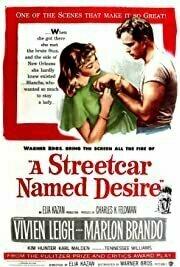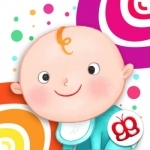
Toddler Sound 123
Education and Games
App
Touch, look, and listen: 360 sounds and images of animals, musical instruments, vehicles, and more....
Tommy Wiseau recommended A Streetcar Named Desire (1951) in Movies (curated)

Princess Nail Art Games for Girls – Design Fancy Nails in Best Beauty Makeover Salon
Lifestyle and Games
App
Girls, are you ready to show your art talent? Make your own fabulous nail designs and show how...

Radar MAX: NOAA Weather radar
Weather and News
App
Welcome to Radar MAX. Fast, intuitive and visually stunning iPhone and iPad weather radar app helps...
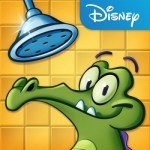
Where's My Water?
Games and Entertainment
App
Get the GAME OF THE YEAR award-winning puzzler! Help Swampy by guiding water to his broken shower....

June's Journey
Games
App
A hidden object game for story lovers everywhere Discover June’s Journey, the brand new hidden...
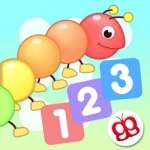
Toddler Counting 123
Education and Games
App
"simple and well executed with straightforward menus and good graphics." -- The New York Times ...
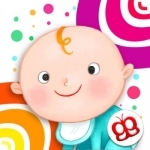
Toddler Sound 123 - Flashcards for baby
Education and Games
App
Touch, look, and listen: 135 sounds and images of animals, musical instruments, vehicles, and more....
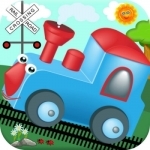
Kids Trains! Baby Games for One & Two Year Olds
Education and Games
App
NEW! Fun pirate train game. Chug and toot into some true train fun and have a toot-riffic time...

Need for Speed™ Network
Social Networking and Entertainment
App
Welcome to the Need for Speed™ Network, powered by Autolog. The Companion App to Need for...
